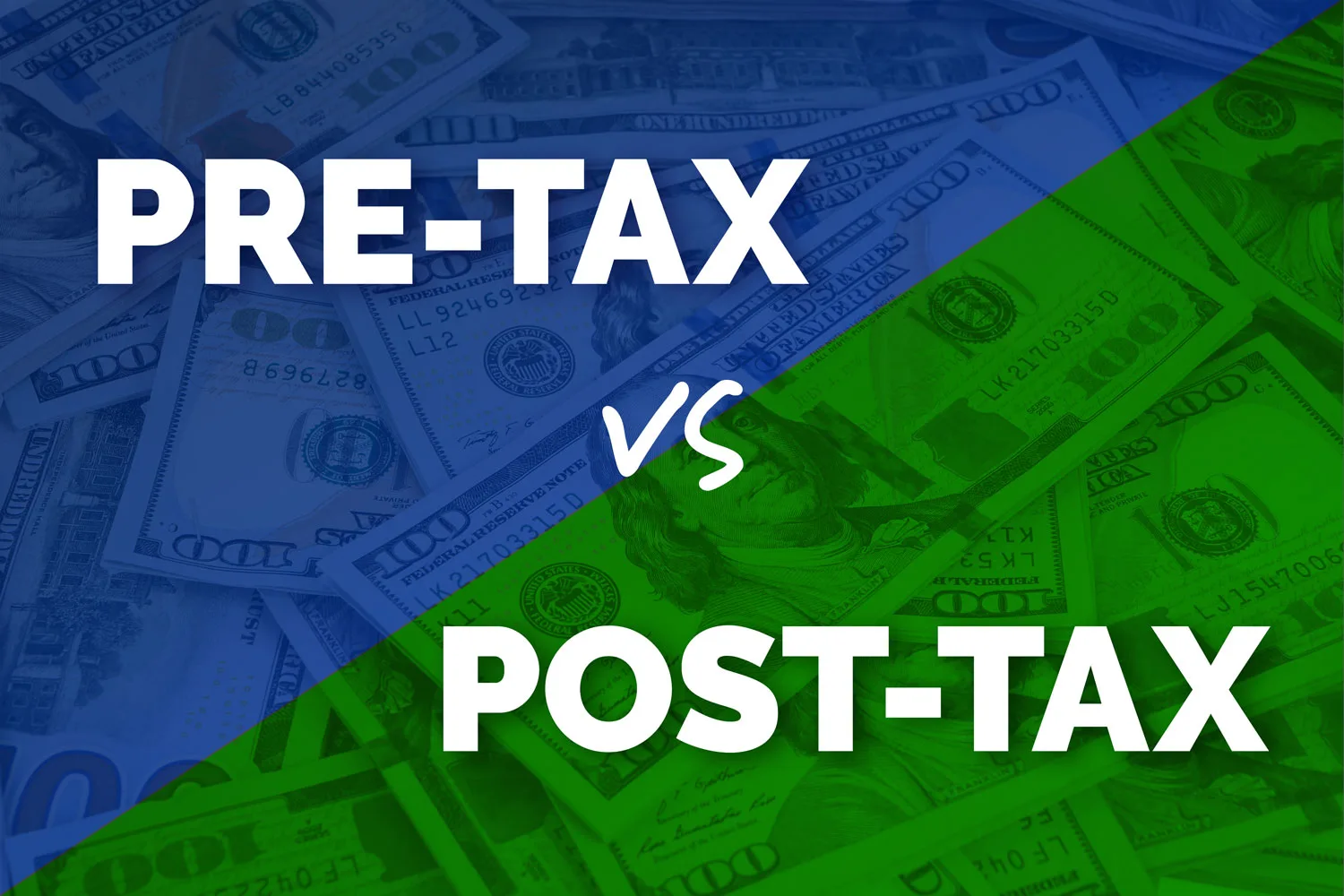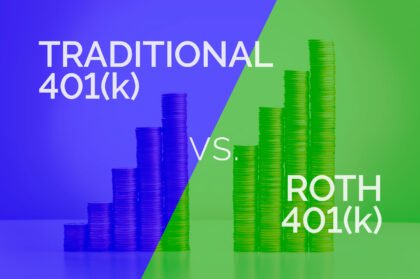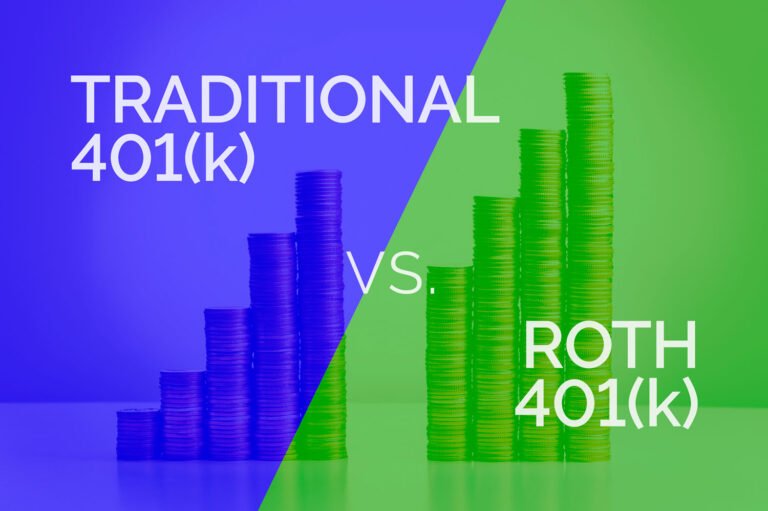Hey there, financial enthusiasts! Today, we’re unraveling the distinction between “Pre-Tax” and “Post-Tax,” two key concepts that can significantly impact your financial decisions and outcomes. Think of them as different paths leading to your financial destination—one paved with tax benefits, the other with after-tax considerations. Ready to embark on this journey of fiscal enlightenment? Let’s dive in and demystify the difference between pre-tax and post-tax together!
Table of Contents
Pre-Tax vs. Post-Tax: Deciphering the Tax Impact
Imagine your income as a river flowing into your financial reservoir. Pre-tax and post-tax represent two points along this river where taxes come into play, influencing the amount of water (i.e., income) that reaches your financial pool. Understanding the distinction between pre-tax and post-tax can empower you to make informed decisions about saving, investing, and planning for your financial future.
Cracking the Code: What are Pre-Tax and Post-Tax?
- Pre-Tax: Pre-tax refers to income, contributions, or deductions that are exempt from taxation at the time they are made. This means that taxes are deferred until a later date, allowing you to benefit from tax savings upfront. Pre-tax contributions reduce your taxable income, thereby lowering your current tax liability and potentially increasing your take-home pay.
- Post-Tax: Post-tax, on the other hand, refers to income, contributions, or deductions that have already been subjected to taxation. This means that taxes have been withheld or paid on the income before it reaches your hands. Post-tax contributions do not provide immediate tax benefits but may offer tax advantages or exemptions in the future, such as tax-free withdrawals or capital gains treatment.
Key Considerations:
- Pre-Tax Contributions:
- Common examples of pre-tax contributions include contributions to retirement accounts like traditional 401(k)s, traditional IRAs, and health savings accounts (HSAs).
- Pre-tax contributions reduce your taxable income for the year in which they are made, potentially lowering your current tax bill and increasing your disposable income.
- Post-Tax Contributions:
- Post-tax contributions involve income or investments on which taxes have already been paid.
- Common examples of post-tax contributions include contributions to Roth retirement accounts, after-tax investments, and savings accounts.
Understanding the Impact:
- Tax Treatment:
- Pre-tax contributions are taxed at your marginal tax rate when withdrawn, typically during retirement. Withdrawals from pre-tax retirement accounts are subject to ordinary income tax.
- Post-tax contributions may offer tax-free withdrawals or preferential tax treatment in the future. Roth retirement accounts, for example, allow for tax-free withdrawals of contributions and earnings in retirement, provided certain conditions are met.
- Future Tax Liability:
- Pre-tax contributions defer taxes until retirement, potentially allowing for tax-deferred growth and lower taxes in retirement when your income may be lower.
- Post-tax contributions provide tax advantages in the future, such as tax-free withdrawals or capital gains treatment, reducing your future tax liability.
Choosing the Right Strategy:
- Consider Your Tax Situation: Evaluate your current and future tax situation to determine whether pre-tax or post-tax contributions align with your financial goals and tax planning strategies.
- Balance Tax Benefits: Strive for a balanced approach to tax planning by diversifying your contributions between pre-tax and post-tax accounts. This allows you to benefit from both immediate tax savings and tax advantages in the future.
- Maximize Employer Benefits: Take advantage of employer-sponsored retirement plans and benefits, such as matching contributions to traditional 401(k) plans or Roth 401(k) options, to maximize your tax advantages and retirement savings potential.
In Conclusion
Pre-tax and post-tax represent two sides of the tax coin, each offering unique benefits and considerations for your financial journey. By understanding the difference between pre-tax and post-tax contributions and their impact on your taxes, retirement savings, and overall financial well-being, you can make informed decisions that align with your goals and aspirations. So, may your financial river flow smoothly, your contributions be tax-wise, and your journey towards financial freedom be filled with clarity and confidence!


